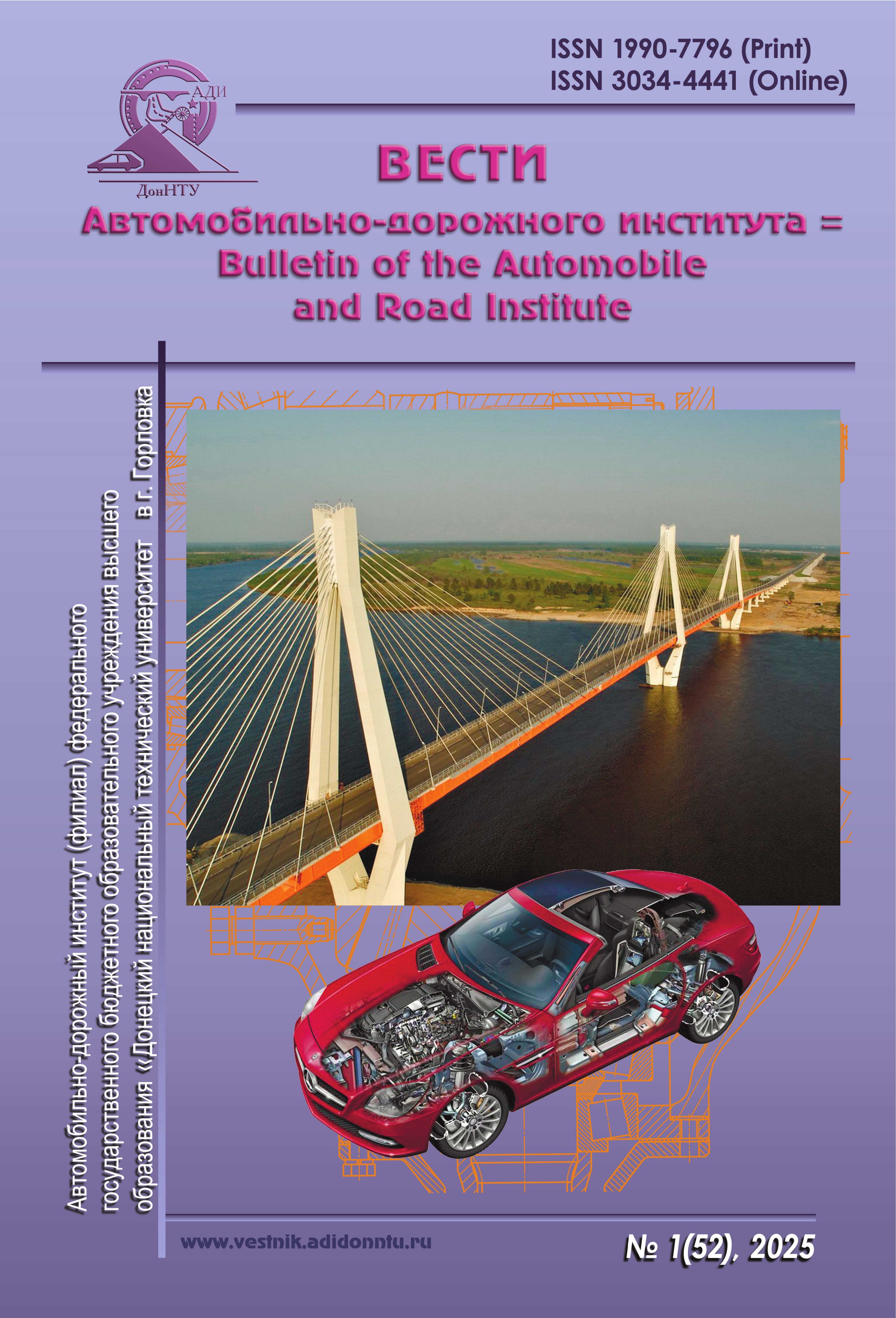Emissions from Primary Production and Renovation of Products
Keywords:
RENOVATION, CARBON FOOTPRINT, PRODUCT LIFE CYCLE, EMISSIONS, DECARBONIZATION, AUTOMOBILE TRANSPORT, ECOLOGYAbstract
In the context of increasing anthropogenic impact on the climate system, characterized by accelerated growth of CO2 concentration and rising global temperatures, the study proposes a methodology for quantitatively assessing the reduction of the carbon footprint of industry through the renovation of technical products. The developed calculation algorithm takes into account key parameters of the production cycle, including material consumption coefficients, energy efficiency and product durability indicators.
The analysis conducted demonstrates a significant environmental advantage of the renovation over the primary production. It is established that the restoration of products allows for a 100-fold reduction in greenhouse gas emissions for various materials (steel, copper, aluminum). The example of the automotive industry shows the significant potential for reducing CO2 emissions – up to 75,9 million tons annually with the mass implementation of renovation.
The universality of the proposed methodology, which can be adapted for various metal-intensive industries,
including aircraft and shipbuilding, is of particular value. The integration of the approach into the environmental
management systems of enterprises creates the basis for automated accounting of the carbon footprint and the optimization of production processes.
The results of the study have important practical significance for the implementation of industrial decarbonization strategies in accordance with the goals of the Paris Agreement. The introduction of the renovation as a strategic management tool allows not only to significantly reduce the environmental burden, but also to create economic prerequisites for the transition to a cyclical economic model.
The work is intended for environmental engineers, specialists in research, design, construction, manufacture and use of technical products.
References
Канило, П. М. Автомобиль и окружающая среда / П. М. Канило, И. С. Бей, А. И. Ровенский. – Харьков : Прапор, 2000. – 304 с.
Намаконов, Б. В. Реновационно-экологическая концепция промышленного производства : монография : посвящается 65-летию АДИ ДонНТУ / Б. В. Намаконов, Э. Л. Мельников. – Донецк : Донецкий национальный технический университет, 2024. – 106 с. – EDN MZNBVP. – URL: https://www.elibrary.ru/item.asp?id=68479206 (дата обращения: 28.04.2025). – Текст : электронный.
Намаконов, Б. В. Методика расчета производственной экологичности машин / Б. В. Намаконов. – Текст : электронный // Тяжелое машиностроение. – 2009. – № 3. – С. 28–30. – URL: https://www.elibrary.ru/item.asp?id=24303036 (дата обращения: 28.04.2025).
Методика энергетического анализа технологических процессов в сельскохозяйственном производстве /
А. Н. Никифоров, В. А. Токарев, В. А. Борзенков [и др.]. – Москва : ФГБНУ ФНАЦ ВИМ, 1995. – 95 с. – URL: https://www.elibrary.ru/item.asp?id=24303036 (дата обращения: 29.04.2025). – Текст : электронный.
Сытник, Е. С. Реновация технических изделий как инновационная технология формирования экологически устойчивой транспортной системы / Е. С. Сытник, Б. В. Намаконов. – Текст : электронный // Вести Автомобильно-дорожного института = Bulletin of the Automobile and Road Institute. – 2024. – № 3(50). – С. 23–30. – URL: https://ojs.donntu.ru/index.php/vestiadi/article/view/427 (дата обращения: 30.04.2025).


